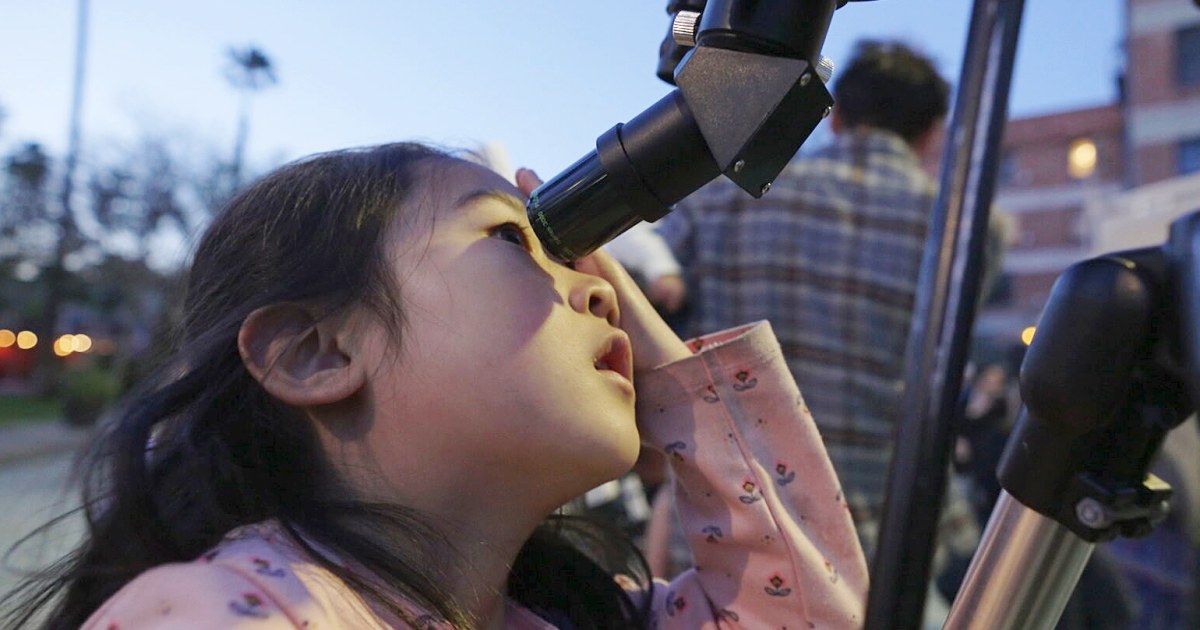
Power-to-weight Ratio
Power-to-weight ratio is a measure of the power a spacecraft or a rocket can generate in relation to its weight. It is a critical factor in the design and performance of spacecraft and rockets. A high power-to-weight ratio means that the spacecraft or rocket can generate more thrust or power for a given weight, which translates to higher acceleration and speed. This is particularly important for launch vehicles, where a high power-to-weight ratio is necessary to overcome the Earth's gravity and achieve orbit. In addition, a high power-to-weight ratio is also important for spacecraft that need to maneuver in space, such as interplanetary probes or satellites that need to maintain a specific orbit. Achieving a high power-to-weight ratio requires the use of lightweight materials and efficient propulsion systems.
Your Previous Searches
Random Picks
- Solid Propellant: Solid propellant is a type of rocket propellant that is made up of a mixture of fuel and oxidizer, which are both in a solid form. When ignited, the propellant burns and produces hot gases that are expelled out of the rocket nozzle, providi ... Read More >>
- Hydro: Hydro is a prefix that refers to water or hydrogen. In the context of space and astronautical engineering, Hydro can refer to the use of hydrogen as a fuel source for rockets and spacecraft. Hydrogen is a highly efficient fuel that produces ... Read More >>
- Flame Trench: In space and astronautical engineering, a flame trench is a structure designed to direct the exhaust gases of a rocket engine away from the launch pad. It is typically a concrete trench or a steel structure lined with refractory bricks that ... Read More >>
Top News

Easter's date remains divisive. Some church leaders want that to change...
Eastern and Western churches will celebrate Easter on the same day this year, while marking 1,700 years since the Council of Nicaea unified Christian doctrine...
News Source: ABC News on 2025-04-19

In a city of stars, Los Angeles astronomy club makes sure to keep looking up...
LOS ANGELES — While Los Angeles is home to the biggest stars in the world, a monthly get-together is proving that the city’s rich and famous have nothing on the universe....
News Source: NBC News on 2025-04-18

This week on "Sunday Morning" (April 20)...
A look at the features for this week's broadcast of the Emmy-winning program, hosted by Jane Pauley....
News Source: CBS News on 2025-04-17

Scientists detect strongest hints yet of life on a distant planet...
Scientists have detected unique chemical patterns similar to those produced by the Earth's algae and seaweed — raising the possibility of the presence of a warm ocean, perhaps teeming with life, on ...
News Source: NBC News on 2025-04-17

Is there life on another planet? Scientists find the strongest evidence yet...
Near a planet far, far away astronomers have found traces of chemicals that on Earth are only produced by living beings....
News Source: Al Jazeera English on 2025-04-17